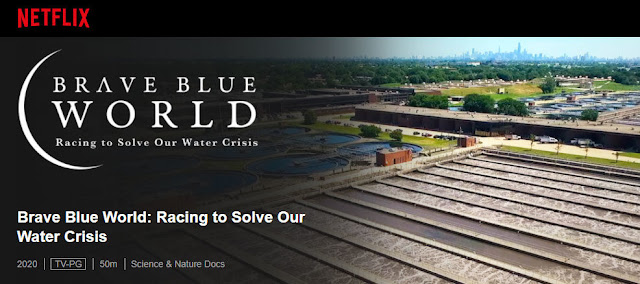The Sahelian paradox
Environmental change does not always influence water in the way we would imagine especially as there is often more than one contributing factor.
Climatic changes in the Sahel region of Africa have lead to hydrological changes. Since the end of the 1960s extremely low rainfall, especially in comparison the previous decades, lead to long lasting droughts (Leblanc et al, 2007). Despite the decrease in rainfall an increase in ground water resources and river discharge has been observed particularly in southwest Niger, this is known as the Sahelian paradox (Favreau et al, 2009). Since it is not rainfall that is responsible for the hydrological change observed, research suggests that land use change provides an explanation (Leblanc et al, 2007).
The Sahel region which is semi-arid has experienced one of the world’s largest population growth since 1950, the combination of high population and low yielding land has lead to a widespread increase of cropland (Favreau et al, 2009). This conversion of natural grassland to cropland is said to be the reason behind the paradox, as it leads to soil crusting and increased run off (Favreau et al, 2009). This in turn increases infiltration into aquifers and causes a rise in groundwater (Leblanc et al, 2007).
Another factor that comes into play is evapotranspiration, Boulian et al (2009) found that evapotranspiration is more sensitive to land use change than climatic changes in the region. The change to cropland resulted in a reduction of evapotranspiration which increased river discharge despite the climatic factor of low rainfall.
The land use and hydrological changes and their interaction with populations could have some disadvantages. For instance Favreau etal, (2009) discuss how water quality may be effected through issues such as nitrogen leaching into aquifers due to land clearing. In addition, the creation of ponds that last annually may increase diseases such as malaria as the mosquito vectors find these conditions ideal (Favreau et al, 2009). The increased groundwater provides an opportunity for development in the region through irrigation which is more reliable than the current rainfed agriculture especially as rainfall becomes increasingly variable under climate change (Favreau et al, 2009). Irrigation however may reduce the ponds which would be a positive.
It is essential to properly manage land use change and this example proves how land cover change has major implications. It is important to be aware of the link between land use change and the hydrological cycle.



Comments
Post a Comment